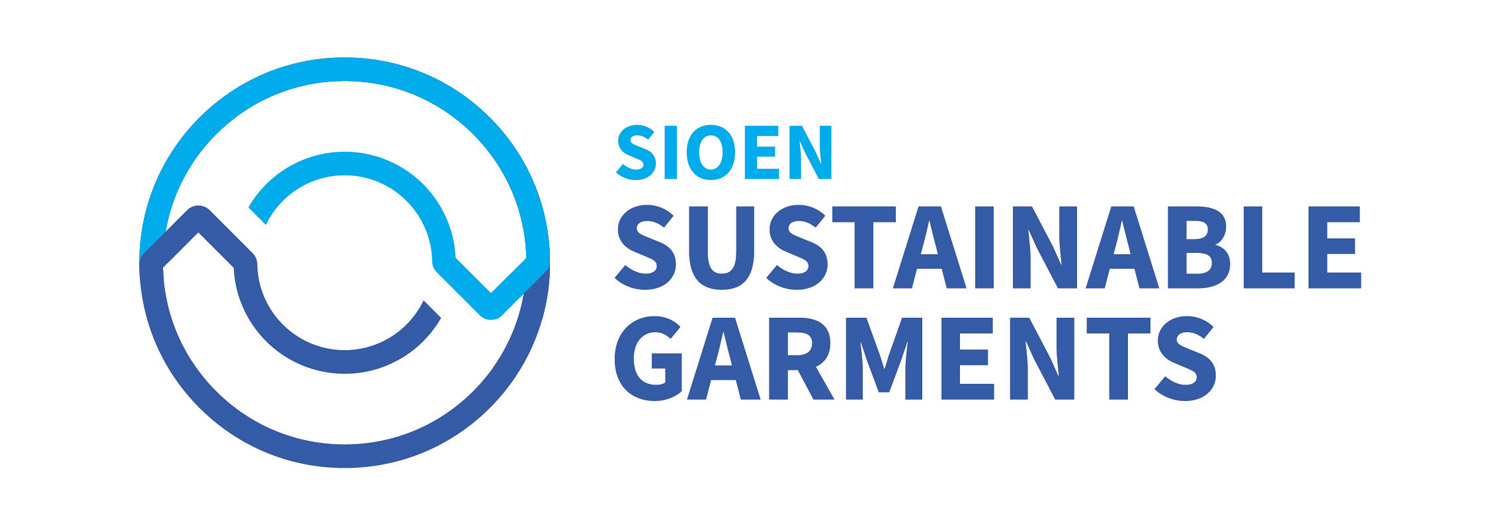Taskforce Circularity on how to make Sioen garments more sustainable

Taskforce Circularity: a people's approach
At Sioen, CSR is for and from all. This implies that here also “people make the difference”. As proud ambassadors of the company, our employees want things to be done in a sustainable, respectful way. They want to be part of a company that gives back to society. They’ve joined forces in the “Taskforce Circularity”, organically grown under the impulse of R&D Technical Director Ivan Deceuninck. Today, they are multidisciplinary teams of internal experts who examine various aspects of our operations: energy use, our raw materials, recycling of our end products, packaging, labelling and many more.
Be a positive force
Both in what we produce, where and how we produce it, we choose to be better today than we were yesterday. We choose to be a positive force and to set concrete actions in reducing environmental harm.
In line with our company DNA, we have a hands-on approach on sustainability and corporate social responsibility. We have no dedicated sustainable development manager or director and esteem that every person working for the Sioen group is a valuable collaborator towards sustainability.
By making CSR part of our top-level strategic course, it’s set as a priority in our company, and it is at the heart of our daily business. Sustainability awareness is present in all departments of Sioen from HR to finance, sourcing, production, marketing, logistics, engineering, R&D, …
Taskforce circularity
There’s no magic formula to being/ becoming sustainable and it’s a road with many obstacles. We’re probably one of the leading companies in the world when it comes to driving effective change through bottom-up innovation. Our team of multidisciplinary experts and R&D specialists dedicates a large amount of their time to sustainability. We’ve already done plenty of things but we still have a lot to do.
In the “Taskforce Circularity”, multidisciplinary teams of internal (and sometimes external) experts examine various aspects of our operations: energy use, our raw materials (biodegradable, recyclable, recycled), recycling of our end products, packaging, labelling of our products, … This is a great example of how bottom-up initiatives of a few become real drivers for all.
Taskforce 1: production
This group of experts is looking for sustainable optimisations on our production sites. We are looking for answers to the question: how can we make the production of garments at our production plants as sustainable as possible.
- How can we become a “zero waste” garments production plant?
- How can we implement smart energy use, generation of green energy, sourcing of green energy, etc.?
- How to reduce the scrap on the cutting lines?
- Do we source the most sustainable raw materials (fabrics, zippers, studs, yarns, …)?

Taskforce 2: Ecodesign – focus on our products
This group of experts focuses on our products: the garments we make. Questions are, among others,:
- Are there things we can alter in our existing range in order to improve sustainability?
- Can we alter things in our design (e.g. making it easier to repair and to recycle)?
- How can we make our products more durable? E.g. When a jacket lasts twice as long, it has a lower environmental impact.
- Can we use recycled fabrics?
- How can we speed up the recycling of our garments? Can we assist in optimising the retour logistics when end-of-life?
Taskforce 3: Packaging & labelling
The people in the taskforce labelling and packaging try to find answers to questions:
- What are the most sustainable and durable ways of packaging our garments?
- How can we including bulk transport solutions?
- How can we make the way we label more sustainable?
- Can we omit labels on our garments?
Taskforce 4: communication
The people in this task force try to find the best way to communicate about the sustainable actions taken by the company and on the company Corporate Social Responsibility position and outcome.
This information must flow to both our customers and internal stakeholders as well as to all company employees.
SDGs
This topic covers SDG12 responsible consumption and production, SDG9 industry, innovation and infrastructure SDG8 decent work as well as SDG13 climate actions. One could even argue it’s an a-typical example of SDG17 partnerships.
When having a closer look at the SDG12, we see that Sioen helps realising the targets set to
- achieve sustainable management and efficient use of natural resources;
- achieve the environmentally sound management of chemicals and all wastes throughout their life cycle, in accordance with agreed international frameworks, and significantly reduce their release to air, water and soil in order to minimise their adverse impacts on human health and the environment;
- substantially reduce waste generation through prevention, reduction, recycling and reuse;
- adopt sustainable practices and to integrate sustainability information into our reporting cycle;
- adopt public procurement practices that are sustainable, in accordance with national policies and priorities.

